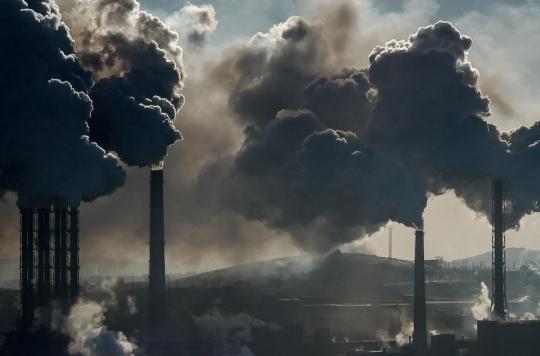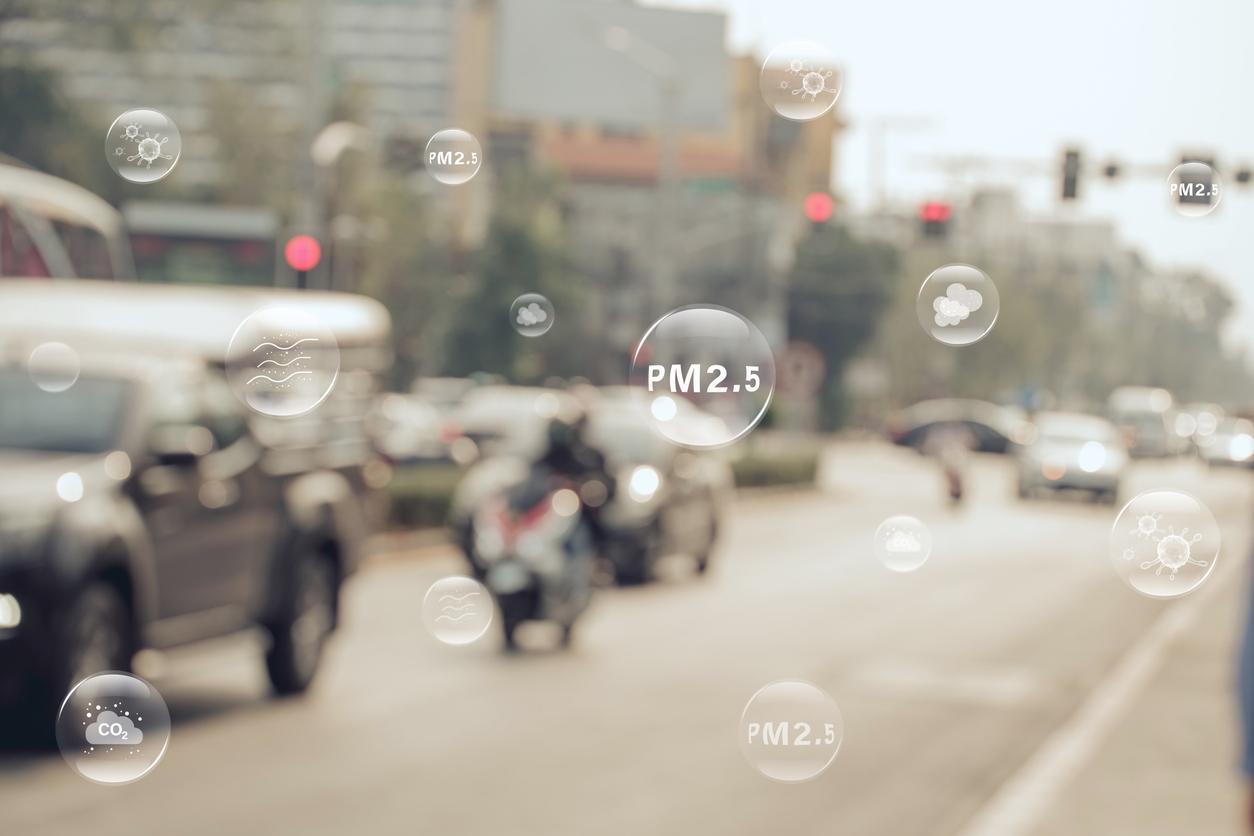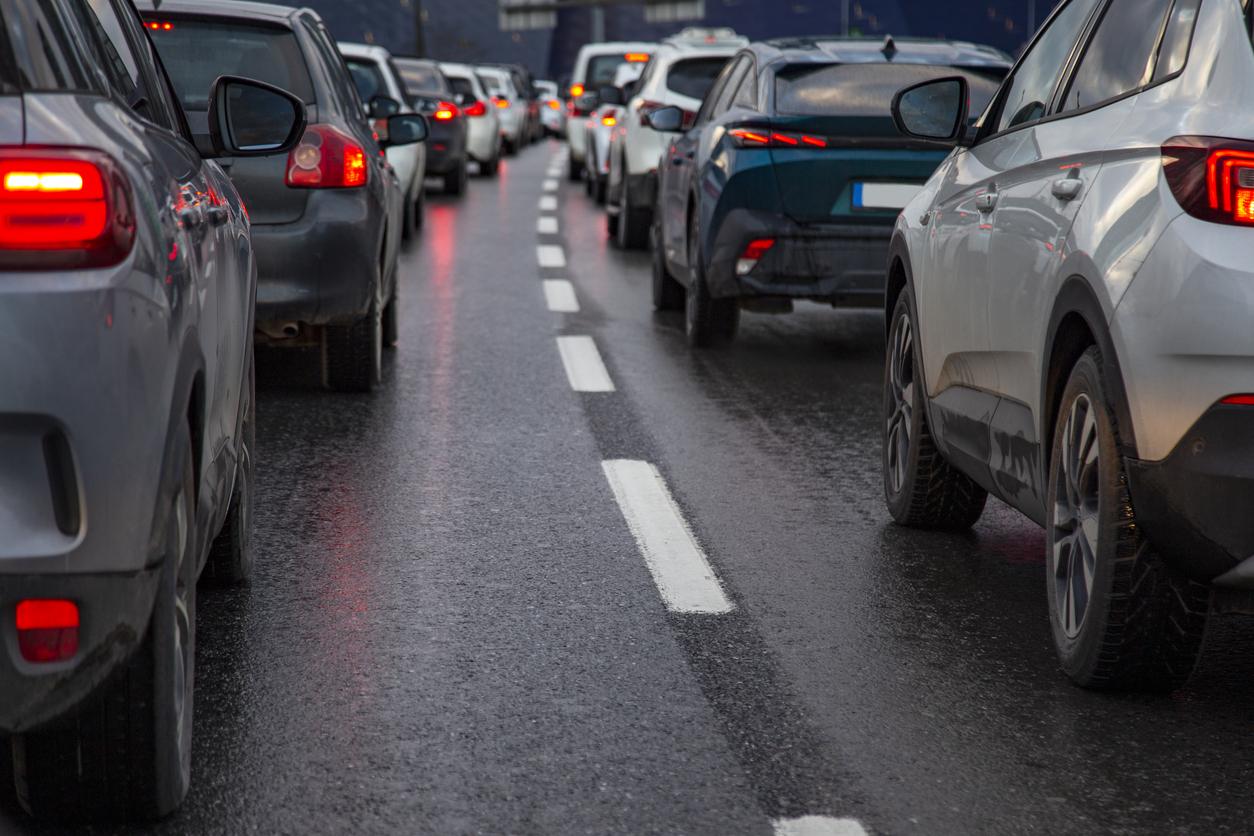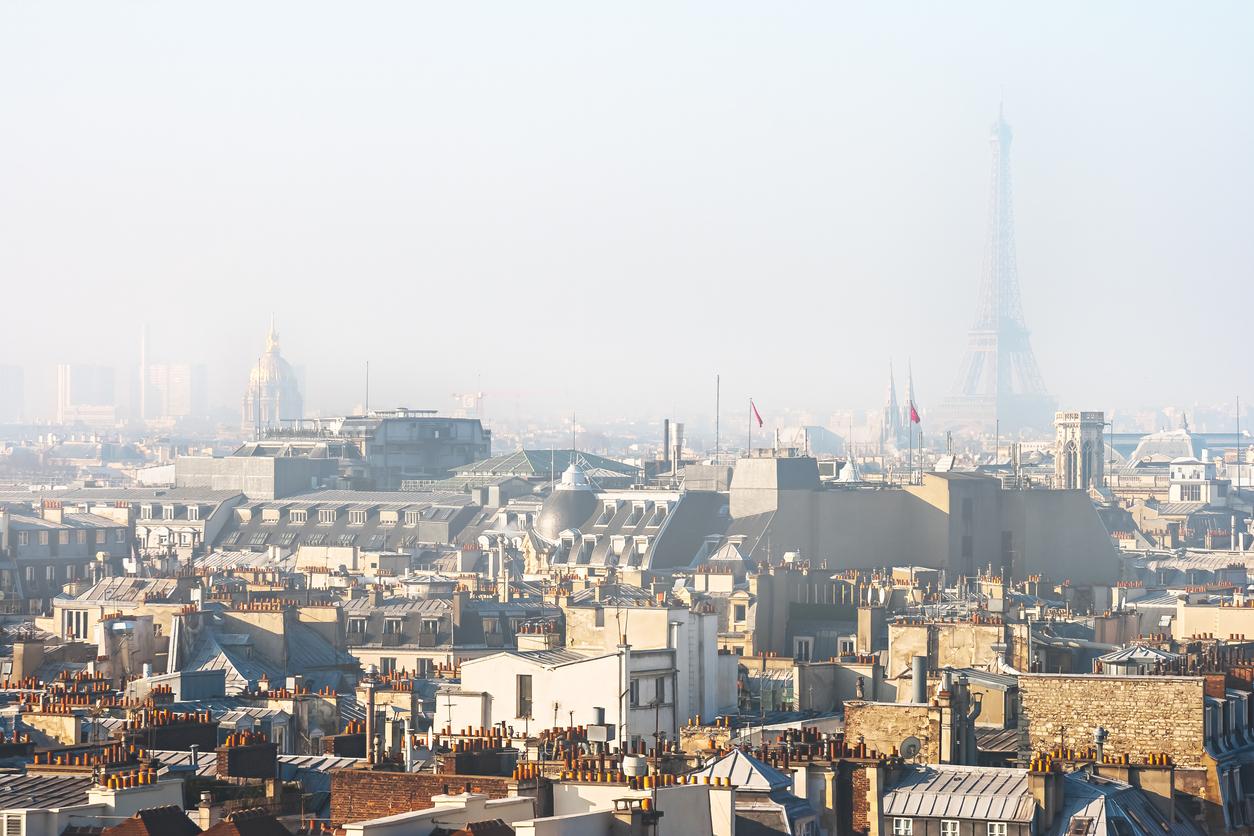For the first time since 2005, the World Health Organization has updated its air quality guidelines and set more stringent limits for key pollutants.

- Air pollution is said to have become the main environmental threat to human health.
- The exposure thresholds for the two most dangerous pollutants, fine particles and nitrogen dioxide, are divided by two and four respectively.
- These thresholds are not accompanied by binding legal measures but constitute a tool for governments.
Air pollution is responsible for around 7 million premature deaths every year. A scourge which the World Health Organization (WHO) decided to tackle on Wednesday. For the first time in 16 years, it has updated its reference thresholds by setting more restrictive limits for the main air pollutants, including suspended particles.
Air pollution, as harmful as tobacco or poor diet
The WHO decision is based on new data, after the UN institution reviewed more than 500 scientific publications. These show “how air pollution affects all parts of the body – from the brain to the growing baby in its mother’s womb, and at even lower concentrations than previously seen”, underlined the director general of the WHO, Tedros Adhanom Ghebreyesus, in a press conference.
Air pollution would have become the “major environmental threat to human health”, causing lung cancer, cerebrovascular accident (CVA), infarction or even chronic obstructive pulmonary diseases (broncho-pneumopathies, asthma, etc.). Air pollution is now considered as a health risk factor as important as smoking or poor diet.
Fine particles and nitrogen dioxide in the viewfinder
The WHO has not done in half measures. The UN institution has decided to significantly tighten its standards. Thus, the exposure thresholds for the two most dangerous pollutants, fine particles and nitrogen dioxide, are divided by two and four respectively. The first pass from 10 micrograms (µg) per cubic meter to 5 µg/m3 and the second from 40 to 10 µg/m3.
These standards concern almost the entire planet, since more than 90% of the world’s population lives in areas exceeding the thresholds set in 2005. With the new restrictions on fine particles, only Iceland falls into the nails (4.7 µg /m³ as an annual average). France is far from it, with 10.6 µg/m³. At the bottom of the ranking, we find India, which has an average concentration of fine particles that is fourteen times higher than the new WHO recommendations (70 µg/m³).
No legal constraint
These thresholds are not accompanied by binding legal measures. They want to bean evidence-based tool for decision-makers to guide their legislation and policies at international, national or local level”, clarified Tedros Adhanom Ghebreyesus. After these announcements, the European Commission decided to meet this Thursday, September 23 to examine the new recommendations. The ongoing process of revising the air quality directives should lead to a legislative proposal in the third quarter of 2022.
According to the WHO, compliance with the new thresholds would make it possible to avoid nearly 80% of deaths linked in particular to fine particles. “Air pollution is a threat to health in all countries, but most affects people in low- and middle-income countries”, recalled the director general of the WHO. Compliance with these measures would also be beneficial for the climate, since the main sources of air pollution are also those that emit the most greenhouse gases.
.

















